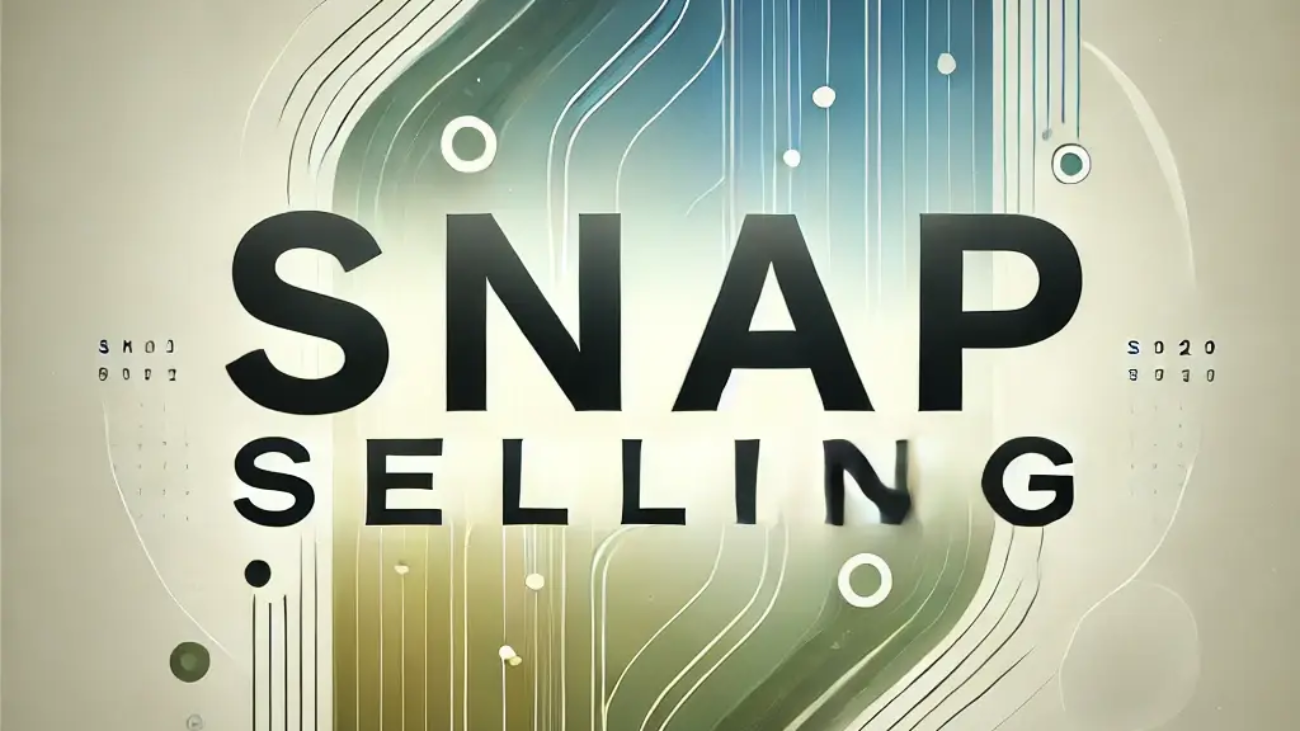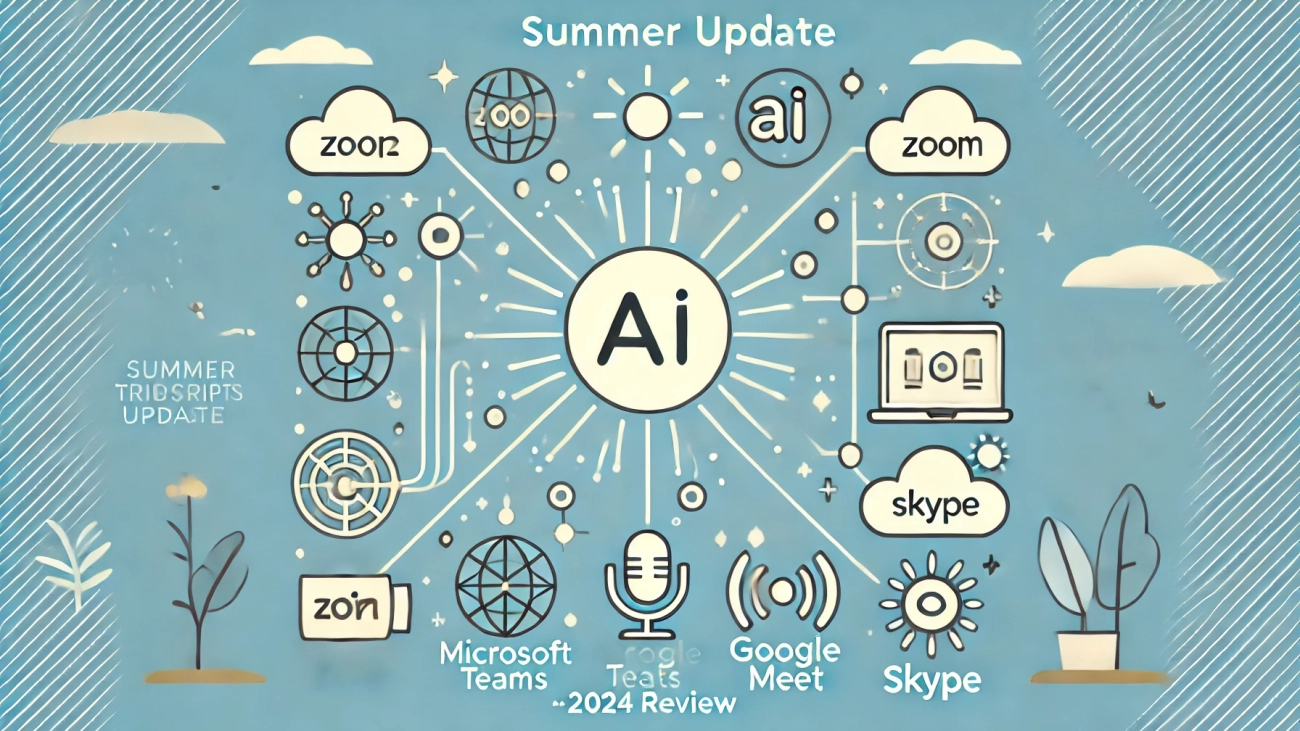Mastering BANT: The Classic Qualifier for Efficient Lead Qualification
In the ever-changing world of sales, quickly identifying qualified leads is crucial for maximizing efficiency and closing deals. BANT, which stands for Budget, Authority, Need, and Timeline, is a time-tested qualification framework that helps sales teams focus their efforts on the most promising opportunities. In this comprehensive guide, we’ll explore every aspect of BANT, its strengths and limitations, and how TranscribeIQ can enhance your team’s implementation of this classic methodology.
What is BANT?
BANT is a sales qualification framework developed by IBM in the 1950s. It’s designed to help sales representatives quickly assess whether a prospect is worth pursuing by focusing on four key areas:
Budget
The ‘Budget’ component focuses on determining whether the prospect has the financial resources to purchase your solution. This isn’t just about whether they have the money, but also about understanding their budgeting process and priorities.
Key questions to consider:
- Does the prospect have a budget allocated for this type of solution?
- What is the typical budget range for similar solutions in their industry?
- How does the budgeting and approval process work in their organization?
- What kind of ROI are they expecting to justify the investment?
Example: If you’re selling a CRM system, you might ask, “What’s your current budget for improving your customer relationship management processes?”
Authority
‘Authority’ refers to identifying the decision-maker(s) who have the power to make the purchasing decision. In complex B2B sales, this often involves understanding the prospect’s organizational structure and decision-making process.
Key questions to consider:
- Who has the final say in purchasing decisions for this type of solution?
- Are there multiple decision-makers involved? Who are they?
- What is the typical approval process for a purchase of this size?
- Who else might influence the decision, even if they’re not the final decision-maker?
Example: When selling an enterprise software solution, you might ask, “Besides yourself, who else would be involved in making the final decision on this project?”
Need
The ‘Need’ component is about uncovering the prospect’s pain points and how your solution addresses them. This involves understanding their current challenges, the impact of these challenges on their business, and how your solution can provide value.
Key questions to consider:
- What specific problems or challenges is the prospect facing?
- How are these challenges impacting their business?
- What solutions have they tried in the past? Why didn’t they work?
- How does your solution specifically address their needs?
Example: For a company selling productivity software, a relevant question might be, “What are the biggest inefficiencies in your current workflow that you’re looking to address?”
Timeline
‘Timeline’ establishes when the prospect plans to implement a solution. This includes understanding any driving factors behind their timeline, such as budget cycles, strategic initiatives, or external pressures.
Key questions to consider:
- When does the prospect hope to have a solution in place?
- What’s driving their timeline? Is there a specific event or deadline they’re working towards?
- How does this purchase fit into their broader strategic plans?
- Are there any obstacles that might delay their decision or implementation?
Example: If you’re selling IT infrastructure solutions, you might ask, “Is there a particular date by which you need to have this new system up and running?”
Pros of BANT
- Simplicity: BANT is straightforward and easy to understand, making it accessible for sales reps of all experience levels.
- Efficiency: The framework allows for quick qualification of leads, helping sales teams focus their efforts on the most promising opportunities.
- Consistency: BANT provides a standardized approach to lead qualification across the sales organization, ensuring all reps are evaluating opportunities using the same criteria.
- Easy Integration: The simplicity of BANT makes it easy to integrate into CRM systems and existing sales processes.
- Time-Saving: By quickly disqualifying leads that aren’t ready to buy, BANT helps sales reps save time and focus on high-potential opportunities.
- Clear Communication: The framework provides a clear structure for communicating the status of opportunities to sales managers and executives.
- Adaptability: While simple, BANT can be adapted or expanded to fit different sales contexts or more complex buying situations.
- Focus on Essentials: BANT zeroes in on the four most critical factors that determine whether a deal is likely to close.
- Improved Sales Forecasting: By qualifying leads more rigorously, BANT can lead to more accurate sales forecasts.
- Reduced Sales Cycle: By focusing only on qualified leads, BANT can help shorten the overall sales cycle.
Cons of BANT
- Oversimplification: BANT may oversimplify complex B2B sales situations, particularly those involving multiple decision-makers or lengthy buying processes.
- Seller-Centric: The framework focuses more on the seller’s perspective rather than the buyer’s journey, which may not align with modern, buyer-centric sales approaches.
- Premature Disqualification: Rigid application of BANT criteria might lead to the premature disqualification of potential opportunities, especially in situations where budget or timeline are fluid.
- Limited Insight: BANT doesn’t capture important qualitative factors that often influence buying decisions, such as the prospect’s strategic priorities or competitive pressures.
- Static View: The framework provides a snapshot of the prospect’s situation but doesn’t account for how these factors might evolve over a long sales cycle.
- Lack of Relationship Focus: BANT doesn’t emphasize the importance of building relationships and trust, which are crucial in many B2B sales contexts.
- Order of Importance: The order of BANT elements may not always reflect the most effective way to qualify a prospect. For example, establishing Need might be more important than Budget in some contexts.
- Potential for Manipulation: Savvy buyers who are familiar with BANT might provide misleading information to keep their options open.
- Ignores Competitive Landscape: BANT doesn’t explicitly consider the prospect’s alternatives or the competitive environment.
- May Miss Opportunities for Value Creation: By focusing strictly on existing needs and budgets, BANT might cause reps to miss opportunities to create new value for prospects.
Is BANT Right for Your Team?
Consider implementing BANT if:
- You have a high volume of leads that need to be qualified quickly.
- Your sales cycles are relatively short and straightforward.
- You’re selling products or services with a clear, predefined price point.
- Your team includes many new or junior sales reps who need a simple framework to follow.
- You’re in a market where budget and timeline are typically rigid and predefined.
- You need to improve your sales team’s efficiency in lead qualification.
- Your sales process typically involves a single or small group of decision-makers.
However, BANT might not be the best fit if:
- You’re dealing with complex, enterprise-level sales with long sales cycles.
- Your product or service requires significant customization or has a variable price point.
- You’re selling innovative solutions that prospects might not have budgeted for yet.
- Your sales process typically involves multiple stakeholders and complex decision-making processes.
- You’re in a market where creating need or vision is a crucial part of the sales process.
- Your team is experienced and capable of handling more nuanced qualification processes.
- Building long-term relationships is more important than quick qualifications in your sales context.
How TranscribeIQ Can Help with BANT Implementation
TranscribeIQ’s BANT analysis feature can automatically evaluate your sales calls and provide insights on each element of the framework. Here’s a sample output:
BANT Analysis - NextGen Analytics
Date: February 10, 2025
Prospect: Theta Solutions
Budget:
Strengths: The rep successfully confirmed a budget of $75,000 for a data analytics solution, which aligns well with NextGen Analytics' pricing model. They effectively discussed the value proposition in relation to the budget, highlighting potential ROI to justify the investment.
Areas for Improvement: While the budget was confirmed, the rep could have explored budget flexibility for additional features or services. Consider discussing different pricing tiers or options to maximize the deal size. Additionally, the rep should probe deeper into the budgeting process, including any approval steps or fiscal year considerations that might impact the purchase decision.
Authority:
Strengths: The rep correctly identified the VP of Sales Operations as the primary decision-maker and engaged directly with them to understand their needs and decision criteria. They demonstrated good insight into the VP's priorities and how NextGen Analytics aligns with these goals.
Areas for Improvement: While focusing on the VP of Sales Operations is important, the rep should map out the broader decision-making landscape. Engage with other key influencers like the CRO or CIO who might have input on the decision. Develop a strategy to navigate the organization's approval process, including any executive or board-level sign-offs that might be required for a purchase of this size.
Need:
Strengths: The rep effectively uncovered the prospect's need for improved sales forecasting accuracy and resource allocation optimization. They demonstrated how NextGen Analytics directly addresses these specific needs, providing relevant examples and use cases.
Areas for Improvement: To strengthen the case for NextGen Analytics, the rep should explore the prospect's current challenges and pain points in more depth. Quantify the potential impact of addressing these needs on the prospect's business outcomes. For example, what would a 10% improvement in forecasting accuracy mean in terms of revenue or cost savings? Additionally, investigate any broader strategic initiatives or competitive pressures that might be driving the need for better analytics.
Timeline:
Strengths: The rep established that the prospect is looking to implement a solution within the next 3-6 months, which aligns well with NextGen Analytics' typical implementation timeline. They discussed the general steps involved in the implementation process.
Areas for Improvement: To create more urgency and clarity around the timeline, the rep should identify specific milestones or events driving the prospect's timeline. Are there particular business cycles, product launches, or strategic initiatives that are influencing their decision timeframe? Explore the potential consequences of delays to create a stronger sense of urgency. Additionally, develop a more detailed mutual action plan that outlines key steps and deadlines in the decision-making and implementation process.
Overall Recommendations:
1. Develop a more comprehensive ROI model that clearly demonstrates the value of NextGen Analytics in relation to the prospect's budget and specific needs.
2. Create a stakeholder map to ensure all key decision-makers and influencers are identified and engaged throughout the sales process.
3. Dive deeper into the prospect's pain points and quantify the business impact of addressing these challenges with NextGen Analytics.
4. Develop a detailed mutual action plan that aligns with the prospect's timeline and creates a sense of urgency around the decision-making process.
5. Consider offering a pilot or proof of concept to address any concerns about budget or implementation timeline.
By leveraging TranscribeIQ’s BANT analysis, sales teams can:
- Ensure consistent application of BANT criteria across all sales conversations.
- Identify gaps in qualification efforts in real-time.
- Receive actionable insights for improving their BANT implementation.
- Track progress and improvement over time in each BANT element.
- Use data-driven insights for more effective sales coaching and training.
- Improve forecast accuracy by ensuring thorough qualification of each opportunity.
- Adapt the BANT framework to their specific sales context based on actual conversation data.
To summarize, while BANT is a simple and effective framework for lead qualification, its value lies in how skillfully and consistently it’s applied. TranscribeIQ can significantly enhance the implementation of BANT, providing real-time insights and feedback to help sales teams qualify leads more effectively and efficiently.
Resources:










